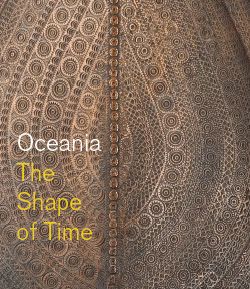Tjitjiti
Carlene West Australian (Aboriginal)
Not on view
Tjitjiti by Carlene West consits of synthetic polymer paint on canvas. It is dominated by an irregular, brushed white form that is punctuated at its center by black. This black center is echoed by the areas of black at the top and right. Scattered throughout the composition are back, white, and red dots, their colors chosen for contrast, called dotprints, each one made with the point of a satay stick. The painting takes its name from Tjitjiti, a salt lake in Spinifex Country where the artist was born, that is ringed with red sands dunes. It is this landscape, in fact, one charged the memories and narratives of the artist's ancestral past, that West represents in her painting. If the brushed white form evokes the lake, the dots evoke the traces left behind in the natural environment by Tjukurpa (Dreamings), such as Kaarnka (Crow), Wati Kinika (Quoll Man), Wati Pira (Moon Man), Wanampi (serpent), and Minyma Kutjara (Two Women).
Due to rights restrictions, this image cannot be enlarged, viewed at full screen, or downloaded.


